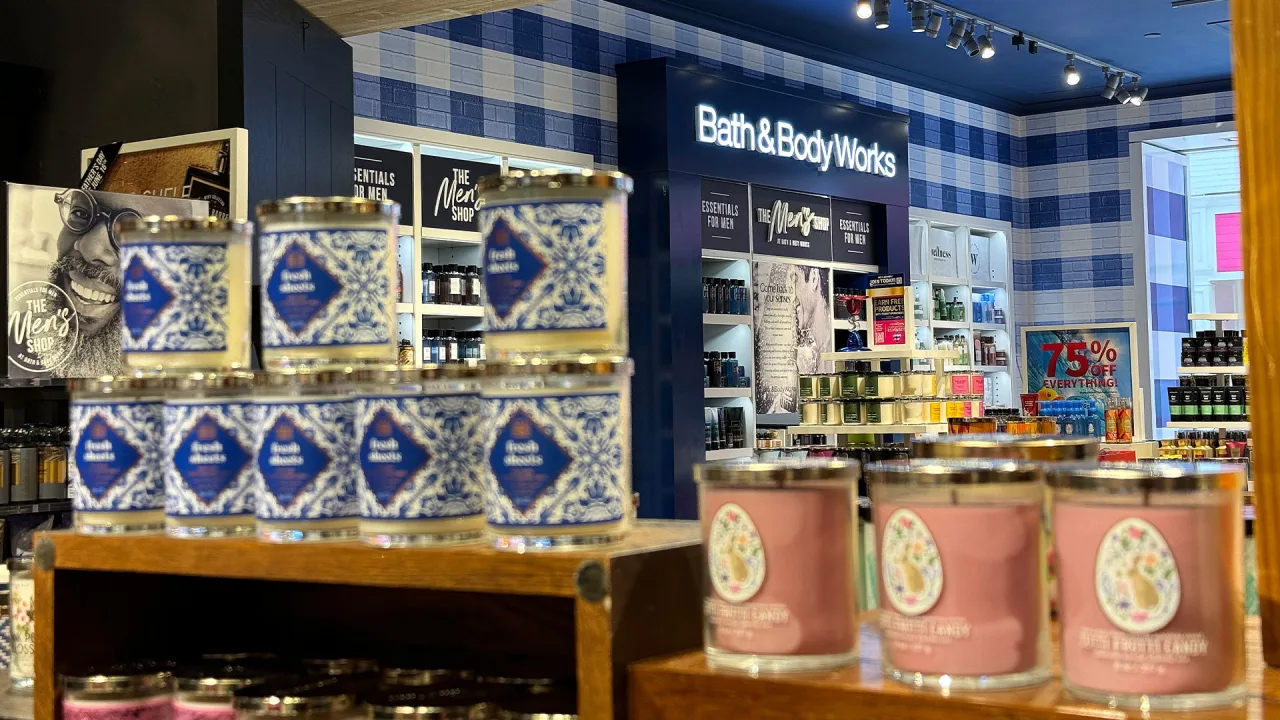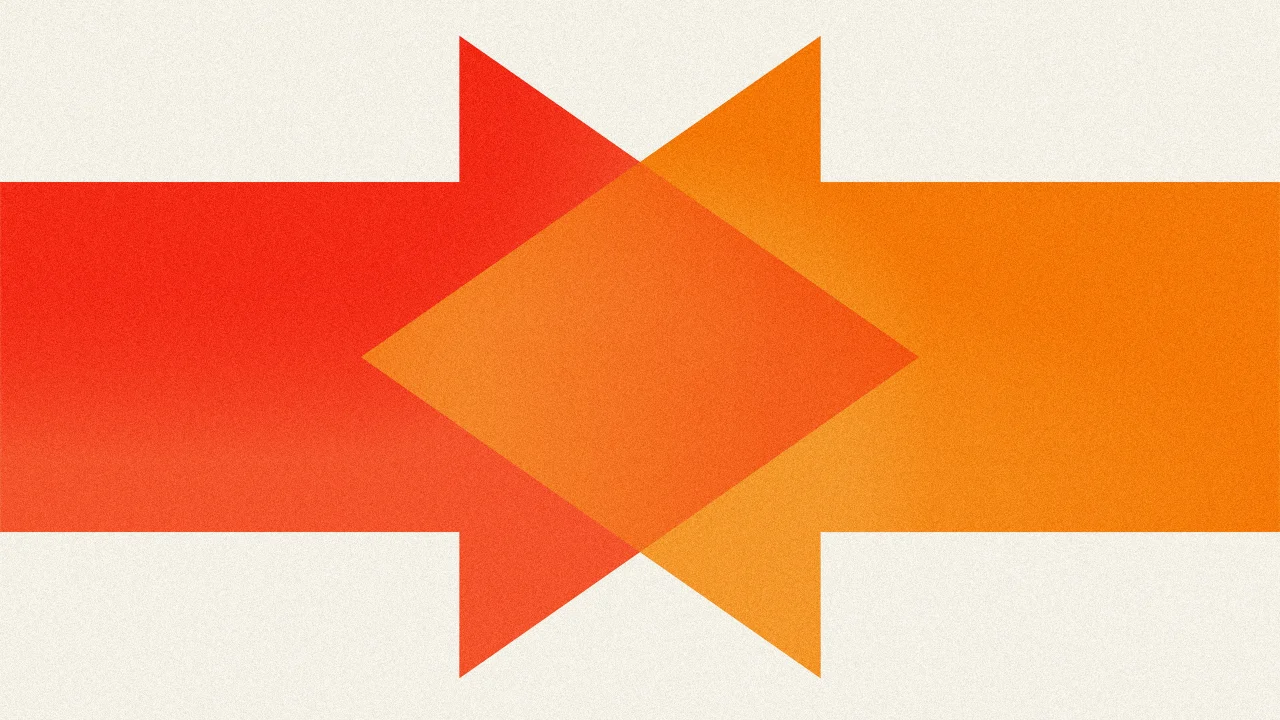The light in this lamp is powered by dirt
Healthy soil is alive. It’s full of insects, fungi, and microbes that break down dead organic matter and convert it into nutrients. Microbes are the most abundant: One teaspoon of soil contains more microbes than there are people on Earth. As all these organisms do their work of decomposition and nutrient cycling, they release energy. Milú Brunell’s Soli lamp turns that energy into light. The recent Savannah College of Art and Design grad designed the outdoor lamp to use microbial fuel cells, a type of battery that converts the chemical energy released by microorganisms (like those in soil or wastewater) into electricity. When Brunell, an industrial designer with a passion for sustainability, embarked on her senior project at SCAD, she wanted to design lighting with more than just function in mind. She says she was guided by the question, How can we create things that help us be in tune with our environment? Microbial fuel cells aren’t totally new, but they are still a nascent technology. Researchers have said they could be an alternative to fossil fuels, powering everything from biosensors to wastewater treatment and desalination plants. In research labs, the cells have powered small fans, LEDs, and calculators, and scientists have also conducted wastewater treatment pilots. But scaling up this electricity source is still a challenge because it produces relatively low power and isn’t yet cost competitive. Brunell focused on designing lighting because she loves the way it can shift emotions or create ambience. Though mostly a conceptual project, the Soli lamp is now a functional prototype, powered by a microbial fuel cell Brunell built herself using the soil from her own garden. She sees Soli working one day for streetlights or in public parks, too. “Soli is just the beginning of creating awareness, and asking ourselves, If we nurture soil and we give back, how can we explore this relationship further?” she says. “Instead of just exploiting Earth, how can we collaborate with it, respect it, and coexist with it?” Explore the full list of Fast Company’s World Changing Ideas, 100 inspiring projects that are making the world more accessible, equitable, and sustainable for everyone.

Healthy soil is alive. It’s full of insects, fungi, and microbes that break down dead organic matter and convert it into nutrients. Microbes are the most abundant: One teaspoon of soil contains more microbes than there are people on Earth. As all these organisms do their work of decomposition and nutrient cycling, they release energy.
Milú Brunell’s Soli lamp turns that energy into light. The recent Savannah College of Art and Design grad designed the outdoor lamp to use microbial fuel cells, a type of battery that converts the chemical energy released by microorganisms (like those in soil or wastewater) into electricity. When Brunell, an industrial designer with a passion for sustainability, embarked on her senior project at SCAD, she wanted to design lighting with more than just function in mind. She says she was guided by the question, How can we create things that help us be in tune with our environment?
Microbial fuel cells aren’t totally new, but they are still a nascent technology. Researchers have said they could be an alternative to fossil fuels, powering everything from biosensors to wastewater treatment and desalination plants. In research labs, the cells have powered small fans, LEDs, and calculators, and scientists have also conducted wastewater treatment pilots. But scaling up this electricity source is still a challenge because it produces relatively low power and isn’t yet cost competitive. Brunell focused on designing lighting because she loves the way it can shift emotions or create ambience.
Though mostly a conceptual project, the Soli lamp is now a functional prototype, powered by a microbial fuel cell Brunell built herself using the soil from her own garden. She sees Soli working one day for streetlights or in public parks, too. “Soli is just the beginning of creating awareness, and asking ourselves, If we nurture soil and we give back, how can we explore this relationship further?” she says. “Instead of just exploiting Earth, how can we collaborate with it, respect it, and coexist with it?”
Explore the full list of Fast Company’s World Changing Ideas, 100 inspiring projects that are making the world more accessible, equitable, and sustainable for everyone.





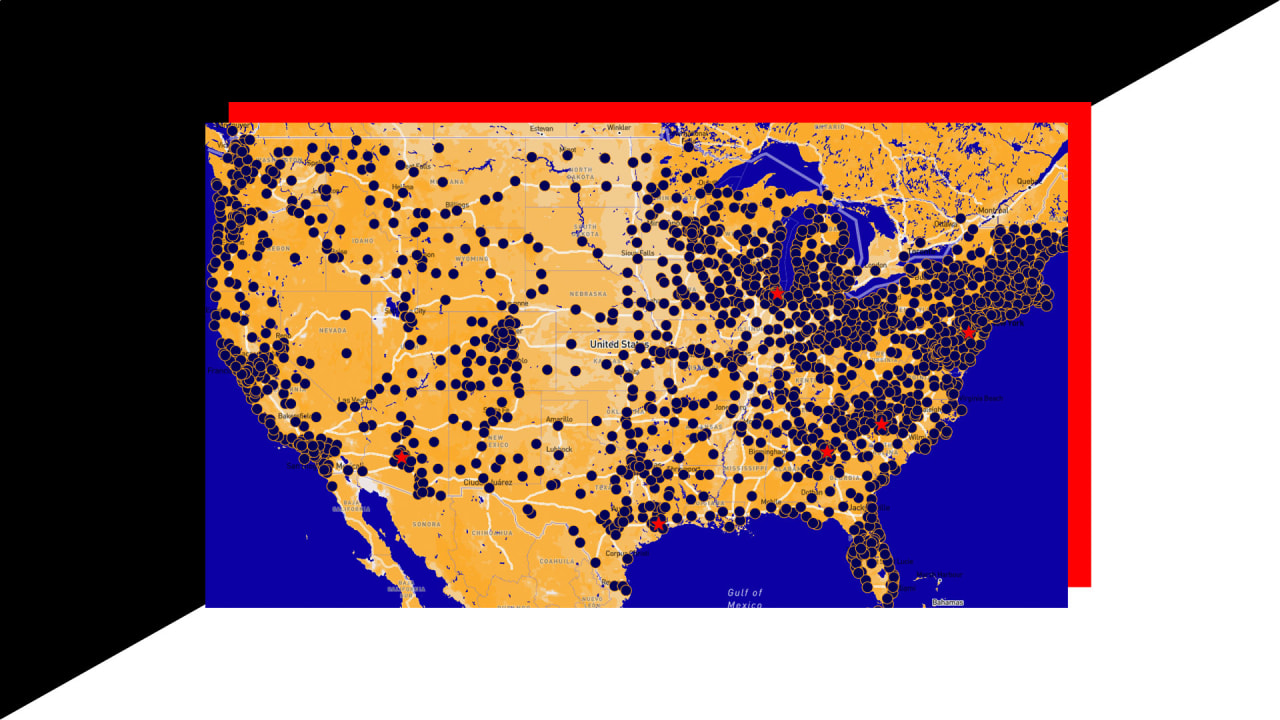
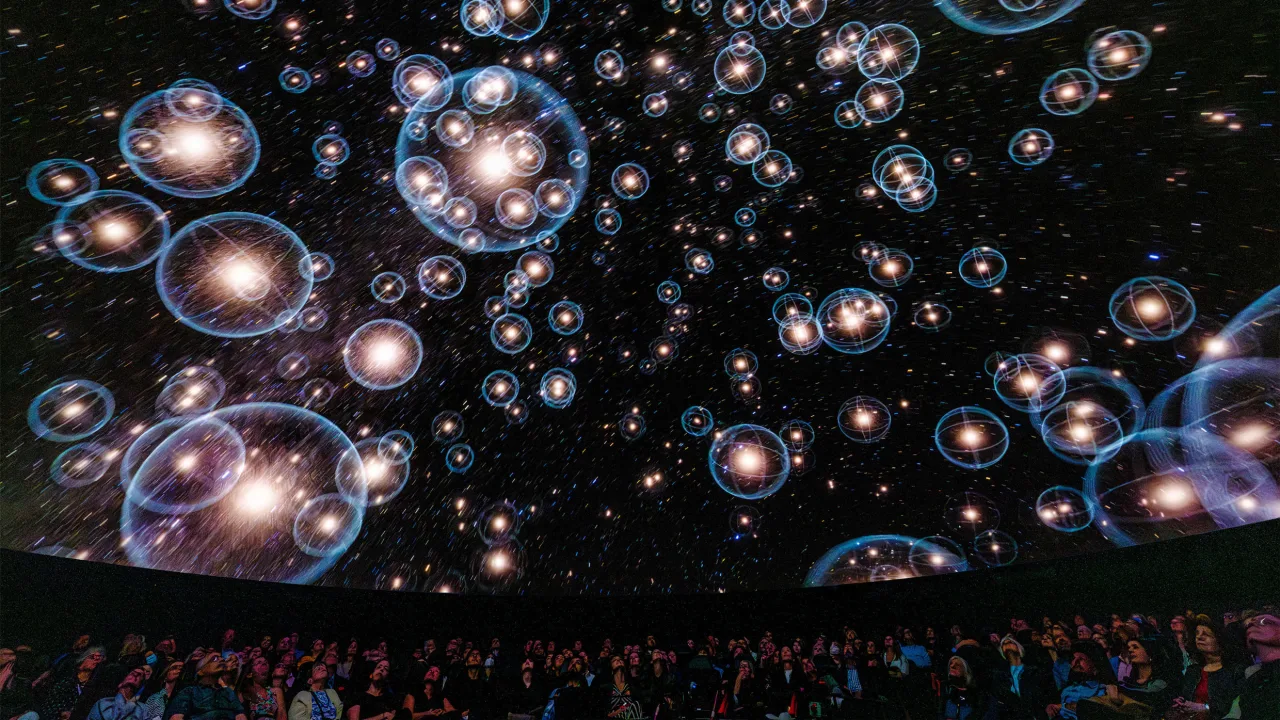
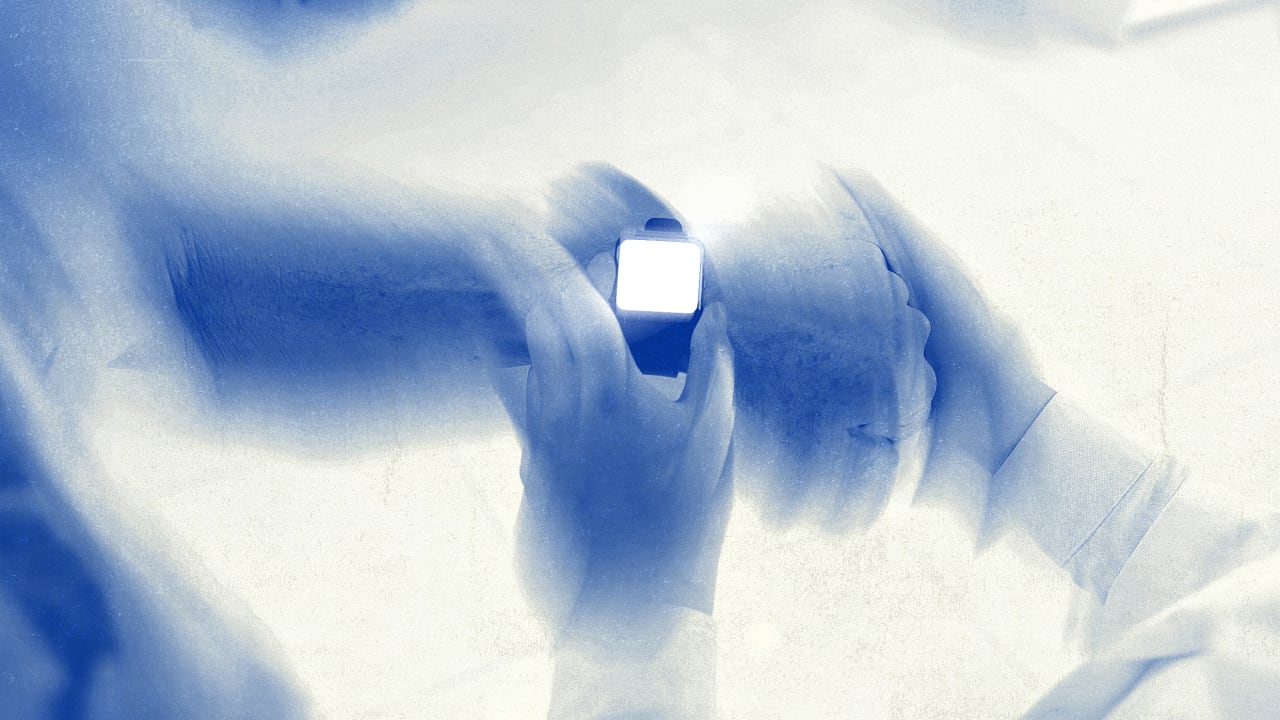





























































![https //g.co/recover for help [1-866-719-1006]](https://newsquo.com/uploads/images/202506/image_430x256_684949454da3e.jpg)


























![[PATREON EXCLUSIVE] The Power of No: How to Say It, Mean It, and Lead with It](https://tpgblog.com/wp-content/uploads/2025/06/just-say-no.jpg?#)















































